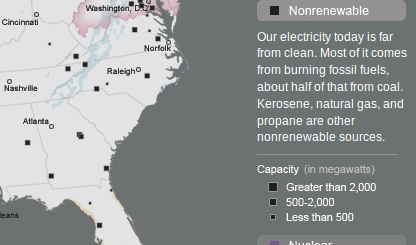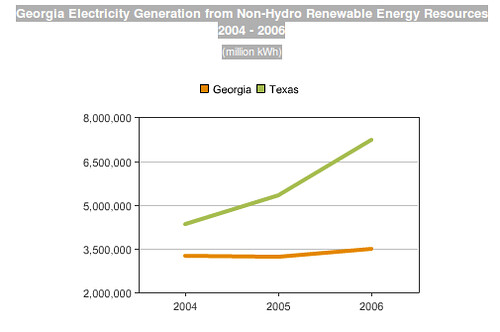-jsq
Date: Sun, Sep 19, 2010 at 7:54 AMContinue reading
From: Brad Lofton <blofton@industrialauthority.com>Good morning Kay, Sandy et al.
Our unprecedented effort of educating the public included numerous public hearings, briefings with all elected officials, the VDT Editorial Board and groups all across Valdosta. We’ve even spent a great deal of effort trying to brief the NAACP leaving messages and making numerous phone calls to Leigh Touchton that have never been returned. We’ve spent more time educating the community on this project then the sum of any other projects we’ve worked combined. I’m amazed at how someone could dare say that we’ve not informed the public. The vast majority of her concerns for our project would have been answered two years ago if she had come to any of our forums or if she would at least answer her phone when we call. Now that we’re moving into the third year of due diligence, she’s concerned all of a sudden.







